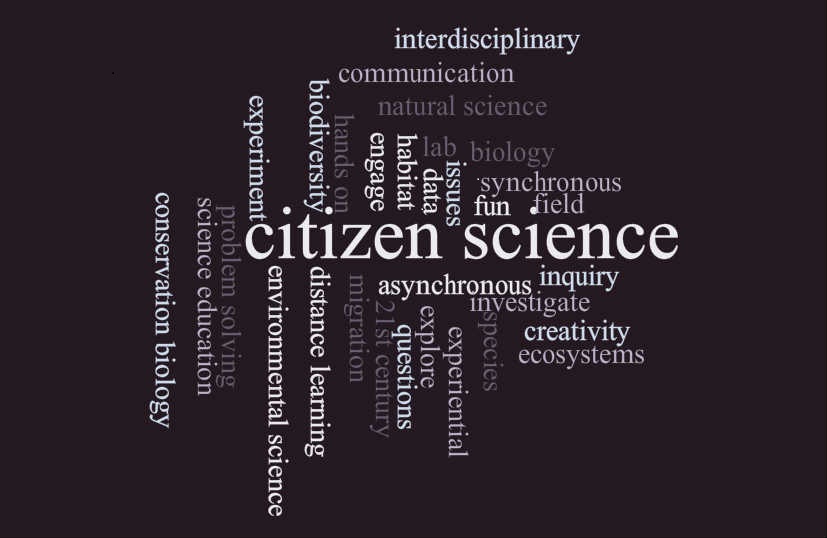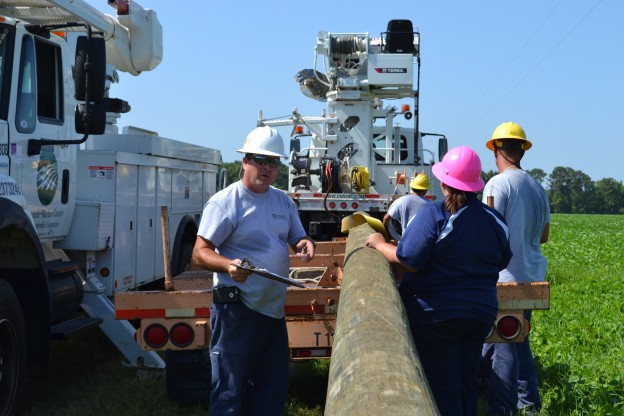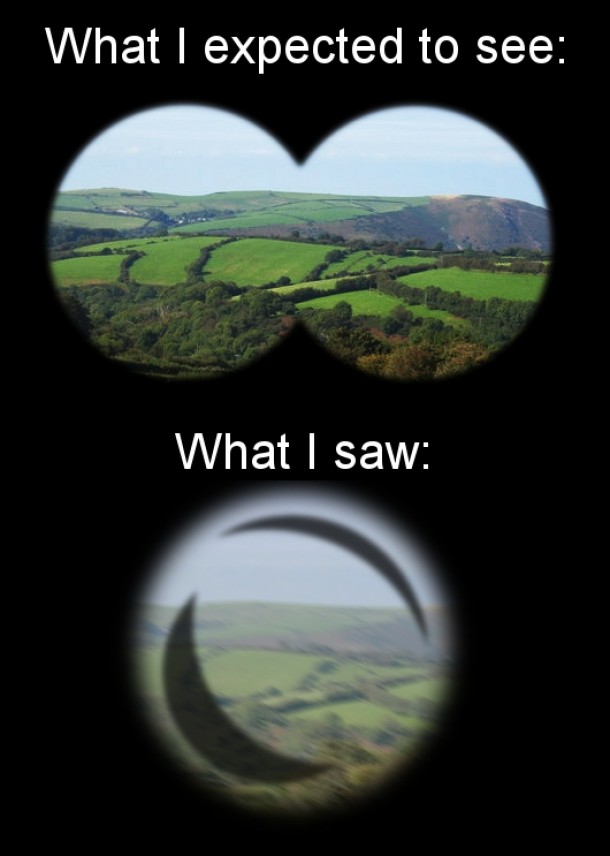This week was the second of three professional development institute that was held by Kenan Fellows Program. I spent Thursday in the field with Monica and Dale seeing all of the steps involved in staking new services. There was a board meeting that afternoon and I had the opportunity to share my experiences and academic plan with the Board of Directors for EM-EMC.

Telling the board a little bit about my summer…
Oh no– are we really going to talk POLITICS?!
In the first part of the week during our professional development, my fellow fellows and I spent some time learning about the importance of making connections with the folks that make the most important decisions– our lawmakers. Many teachers join organizations like NCAE and PENC for their lobbying power. While there isn’t anything wrong with joining those organizations (most of them have quite a few ‘perks’ like professional insurance-very valuable!), we learned that teachers and leaders are most effective in the political arena when we create and nurture relationships with our local representatives. This can be a daunting task, and time consuming, but is worth doing in order to be an advocate for our students and our profession. These relationships can be forged outside of any association with a professional organization by a little bit of planning and some homework before meeting any representatives. My takeaway from this: Sticking my head in the sand and ignoring politics does absolutely nothing for my profession. I must begin taking baby steps to become an activist for current and future teachers and students. This may be one of the most important responsibilities I have as a teacher leader. I plan on inviting my representatives to my classroom this year, stay tuned for details on that!
Whew, back in my comfort zone- SCIENCE!
We spent time Tuesday morning with staff from the NC Science Museum learning about and practicing citizen science. We also scored some AMAZING new field guides for birds (Sibley) bugs (Kaufman), and trees.

We also used some apps for our citizen science project that centered around Lake Raleigh. The fun and cool thing about citizen science is that can be done ANYWHERE, by ANYONE. It doesn’t take a lot of time, and the impact is huge as more people become interested in and engage with citizen science. Below are the apps we used:
eBird is used for sharing information about bird sightings
iNaturalist and Natures Notebook are both more general sites for sharing citizen science observations. Natures Notebook is great for sharing phenology information for flora and fauna right in your backyard– citizen science from home!

Plover approved.
Almost the end…
It was wonderful to be reunited with my Kenan family. We were able to share information and receive feedback on our curriculum products, reconnect and hear ALL ABOUT each others fellowships, and enjoy being in the company of like-minded professionals. SO REFRESHING. I have one more week– 5 days– left of internship. It is so hard to believe it is almost over. It has been a whirl-wind summer and I wouldn’t trade it for anything. Again, thank you to KFP, NCEMC, EMEMC for supporting my work this summer. It has been transformative, informative, and simply amazing! Also thanks to my family– my husband and children, my parents, and my in-laws who have been so generous in their assistance with my children. I couldn’t have done any of this without them!































